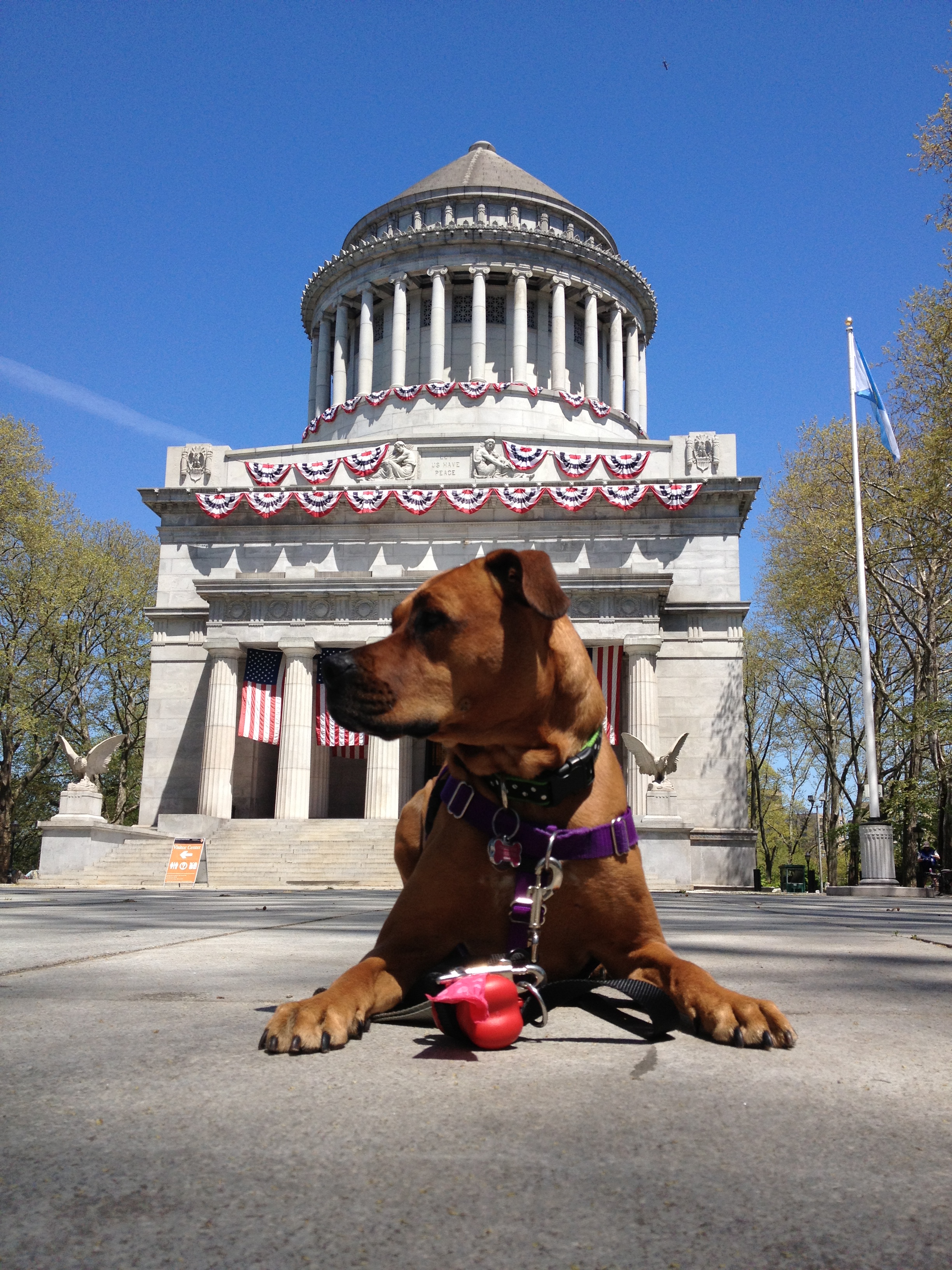
14 Apr Feisty Fido: 10 Things Every Owner Of A Reactive Dog Wants You To Know
As the owner of a reactive dog, I get frustrated when other owners rush at Zoe and I despite my best efforts to give my pet space so she stays under threshold. I also get irritated when I politely ask skateboarders to either get off of the board or give me a few minutes so I can either make a U-turn or quickly cross the street before Zoe explodes into a furry tornado.
For owners who are lucky enough to have a dog that is not reactive, the following list will help you know how to respond when you see a fellow dog owner struggling with their pooch.
10. Give Some Space
Whenever I see another dog owner walking with their pooch, I always give them some space. My reasoning is that I don’t know if the dog is reactive, and if it is, the dog probably wouldn’t feel very comfortable. I know Zoe hates when people get too close to her on the sidewalk, which is why I always try to go around a car, make a U-turn or move aside in order to give some space. If you’re walking on the sidewalk and see a dog and their owner coming towards you, it is not a bad idea to give them some space just in case the dog is reactive.
9. Slow Down If You Are On A Bicycle Or Skateboard
If you are bike riding, rollerblading or skateboarding and you see an owner walking their dog up ahead, please slow down or cross the street. The sight and sound of the wheels can spook many dogs. Owners of reactive dogs will be grateful if you give them plenty of space so they can work on counterconditioning or make a quick getaway.
8. Don’t Assume That Reactivity Equals Aggression
I’ve gotten quite a few dirty looks and nasty comments from other dog owners or people walking past me on the sidewalk when Zoe’s in the middle of a bad reactive fit and biting her leash like she’s possessed. It’s usually because people erroneously mistake reactivity for aggression. One thing other dog owners should know is that reactivity often means that the dog is terrified and is trying to make whatever’s spooking them go away by making themselves look scarier than they really are. Please give us some space, but please don’t label our pet as aggressive—they’re more frightened than anything else.
7. Don’t Let Your Dog Run Up To Every Dog That They See
Most owners of reactive dogs are forced to develop lightning reflexes and stay hyper-alert so that we can immediately work on counterconditioning or move away from the area ASAP if we see another dog. Unfortunately, we’re only human and I know that there have been a few instances where an owner with an overly excited dog has charged up to Zoe and I, insisting that their dog is friendly. Of course, depending on how bad Zoe’s reactivity has been earlier in the day, this either makes her growl or she’ll explode in a leash-biting and lunging frenzy. Just because your dog is social does not mean that every single dog is going to be social. Please be polite and don’t assume that every dog you come across wants to meet your dog—they’re probably really sweet, but some dogs just want to be left alone on their walks.
6. Please Obey Leash Laws
I have nothing but the utmost sympathy for owners who struggle to keep their dogs happy, healthy, and exercised in a big city. That being said, please obey leash laws. I vividly remember walking Zoe and Esme in my local park a few years ago when an off-leash came charging at them. Unfortunately, the owner was too far away to control their dog. No one was hurt, but an off-leash dog who does not have a recall or decides that today is the day they’re going to ignore their owner and comes bounding up to a reactive dog could set the owner back in training for a few days, if not weeks.
5. A Prong Or Shock Collar Isn’t Going To Make Our Dogs Less Reactive
If I had a dollar for every time some well-meaning but misguided dog owner told me to use a prong collar or a shock collar for Zoe’s reactivity, I would be a millionaire. Prong collars and shock collars actually make a dog’s reactivity worse because they cause pain. Punishing a reactive dog with a leash pop or a zap might stop the reaction in the moment, but will make the reactivity worse in the long run. In order to lessen a dog’s reactivity, modern trainers utilize counterconditioning and desensitization.
4. Please Don’t Yell At Us For Using Medication
When I first told some of my fellow dog owner friends that I was putting Zoe on Prozac in order to help her reactivity, I was met with a lot of disapproval. One former friend flat out told me that I was “abusing” my dog for putting her on anti-depressants while another claimed that I needed to use a better trainer. I’ve also heard other stories from fellow owners of reactive dogs that their decision to use medication has landed them in the hot seat because there’s still a stigma around the use of pharmaceuticals for both human and canine anxiety. Just like many humans benefit from talking to a therapist and taking anti-anxiety medications to treat their mental health issues, many dogs require the use of counterconditioning and anti-anxiety medication in order to help manage their reactivity issues. It is certainly not abuse, and this stigma often prevents many dog owners from seeking out a qualified vet or veterinary behaviorist until the last resort.
3. Please Let Us Vent
Owning a reactive dog can be incredibly stressful, so please don’t blow us off and tell us to stop worrying about our pet. Instead, let us vent and give us a shoulder to cry on when things get bad. I know that if I didn’t have my incredibly supportive boyfriend and compassionate friends, I probably would have had a nervous breakdown during the worst periods of Zoe’s reactivity.
2. Teach Your Children To Respect Dogs
If you are a fellow dog owner who also has children, please teach your children to respect dogs and give them space when they are out and about. I once walked past a group of pre-teenaged boys who thought it would be very funny to taunt Zoe and start barking at her while I was trying to make a U-turn because I could see her tense up. Not only is that kind of behavior rude, but it can also set a dog back in their training.
1. Please Know That We’re Doing The Best We Can
If there’s one thing that I’ve learned from owning a reactive dog it is that progress comes in stops and starts. Zoe could have a great week, and then one little thing happens and we have to take several steps backwards. Sometimes progress is so tiny that it is hard for anyone other that fellow owners of reactive dogs to see. Please understand that we are doing the best we can, and that reactivity can be very difficult to treat. Of course, we’d love it if you celebrated our successes and kept cheering us on—positive reinforcement works for humans too!
About the Author:
Amanda Ferris is an accomplished writer who has written for sites such as TheThings, IndieReader, Fashion&Style, and New York Family. For the past five years, she has volunteered for Bay Ridge, Brooklyn’s very own Love Wanted Pet Adoptions. She currently owns a laid-back 12-year old Bichon Frise named Esme, and a 3-year-old fearful mystery mutt named Zoe whose noise phobia and anxiety sparked her foray into the world of positive reinforcement dog training.




No Comments